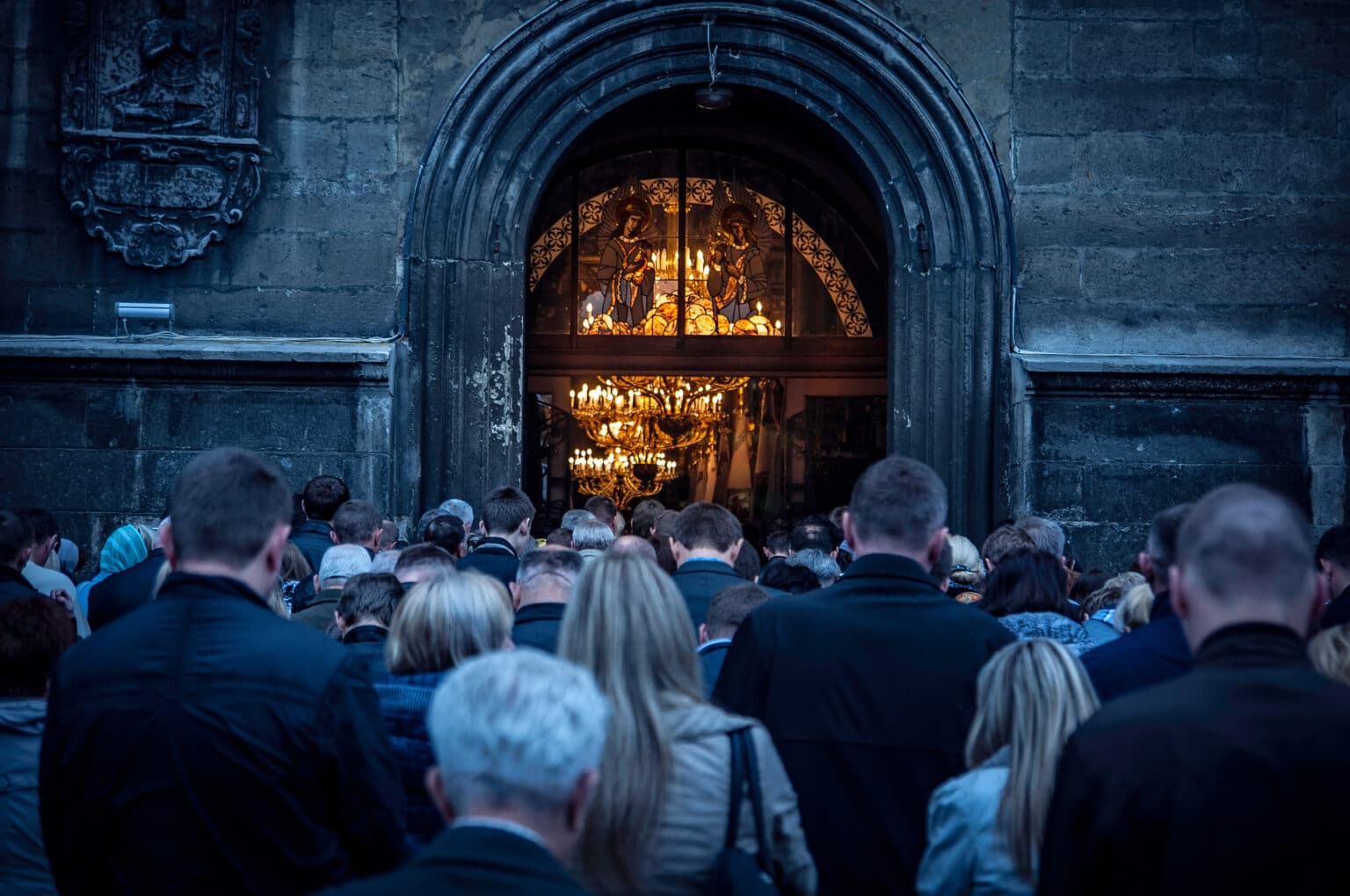How security by design principles help protect places of worship


James Thorpe
Share this content
The protection of public spaces from criminal and terrorist threats is high on the agenda for all European cities and towns, writes Lina Kolesnikova, Security Expert, Institute of Civil Protection & Emergency Management (ICPEM).
While cities want to stay attractive and open in nature, they also want to deter and mitigate impacts of possible terrorist attacks and of other malicious acts. Under the European Commission’s ‘Action Plan to Support the Protection of Public Spaces’, there are various initiatives for promoting the exchange of best practices, creating networks of relevant professionals (security professionals, architects, urban planners, city authorities etc.), funding security-related projects and publishing guidance materials.
Within these initiatives, special attention is paid to places of worship as there is a serious increase in attacks on premises, worshippers and clergymen all around the world. No matter their faith, places of worship are designed to be open and accessible, trusting and inviting.
Extra focus is being placed on places of worship, which belong to historical and cultural heritage. These places attract a significant number of people; such places could be part of a bigger ensemble of buildings or squares and have to be regarded, not as a single facility, but rather than a complex of facilities.
Places of worship vary in size and location and might have different security needs. Some places of worship could be small or medium size, but there are those which are large and attract many thousands of people each day. Small and medium size places have more people during religious holidays or weddings and funerals. Most of these places are also employed for social services, provision of food, shelter for those in need.
Openness, symbolic importance and social value are just a few reasons why places of worship are so attractive for terrorists, haters and far-right groups – and this is precisely why they are so vulnerable from a security point of view.
Places of worship should be open and accessible, but they should not be defenceless. Generally, we can divide all security measures into physical, technological and human. For physical, we attribute the architecture of the building(s) and their internal structures, windows, entrances/exits. We also consider landscaping and perimeter as part of physical elements.
Surveillance, the control room, access control, screening equipment, alarms, detection systems, information security, and security related technology – these are all technological measures.
As for employees and security guards – these are human.
The concept of ‘security by design’ incorporates security features into the design and fabric of the building and its urban context. The introduction of security by design could be either part of the new constructions or could be rolled out in renovation processes.
When compared with ad-hoc (security) solutions installed at a later stage, security measures that are conceived from the initial stages of the design process are less likely to conflict with existing services and utilities and they can be better integrated within surrounding environments.
By following the security by design approach, effective (visible and invisible) security design elements are introduced for the benefit of users, worshipers and the general public. Comprehensive security measures, for example, to monitor and to protect the outer, middle and inner perimeters, while respecting the purpose of each area of the house of worship, can be implemented in a smooth way.
Security by design comprises two sides – the process of designing and constructing new facility(ies) and the outcome of such processes. Both have to have ‘security’ in them. For the latter (the outcome), it is easier to understand deterring, preventing and helping to minimise the impacts of threats. The former (the process) needs to have security activities and controls embedded so that security requirements are taken into consideration from the very beginning, even at the stage of expressing the intent of new construction.
At each step of the process, security activities and evaluations need to be done to ensure any intermediate, as well as final outcomes, still hold required levels of security, at all times.
Security education of all involved people is often one of the main barriers to security by design. Prejudices and traditions, as well as budgetary and delivery time considerations, often oppose or become impediments in ‘security by design’ implementations.
In order to achieve security by design in a more sustainable and efficient way, all resources (personnel, etc.) involved in carrying out this process as well as other interested parties need to be trained in security, at least to raise awareness of security. This permits less security weaknesses be present in outcomes and provides a means for identifying and addressing possible security weaknesses, earlier and in a more cost-efficient way.
Security by design includes a more formalised approach to cataloguing threats, risks and types of attack. Such catalogues do not need to be created for each project, but rather can be based on general pre-cooked catalogues which are then item-by-item reviewed for relevance to an individual project at hand. Many of such features (or norms) are also defined by law.
Then, the list of assets needs to be drawn. The security measures, that the design and implementation process will bring about, aim at protecting assets. The word here shall be treated in a broad sense, encompassing both the tangible and intangible as well as material items. On the list of assets, it is also important to catalogue opportunities and constraints – elements which can and cannot be changed/adjusted.
In doing so, a solution can be designed in such a way as to secure identified assets against listed types of threats/attacks while respecting constraints. Partial and complete assessments might run at different stages of the process so that the outcome is best assured from a security perspective.
By Lina Kolesnikova, Security Expert, Institute of Civil Protection & Emergency Management (ICPEM).



